Variable Forces Apparatus

Order Code: 32213
Category: Strength of Materials Lab
Features Tesca Variable Forces Apparatus is designed to reinforce the general principle that the work done, particularly by a variable force, can be determined simply by measuring the area under the graph of force and distance moved. &nb...
SPECIFICATION
Features
Tesca Variable Forces Apparatus is designed to reinforce the general principle that the work done, particularly by a variable force, can be determined simply by measuring the area under the graph of force and distance moved.
The experiment is deliberately simple so that theoretical comparisons are easily made. It forms a good introduction to simple machines, leading to later studies on machine performance.
Tesca Variable Forces Apparatus is a simple lifting mechanism with obvious non linear characteristics. A suspension cord carrying a loaded trolley at mid span is tensioned by passing the cord over a pulley at one end and down to a weight hanger. As the vertical effort is increased, the tensioned cord will move to a new equilibrium position lifting the loaded trolley. Heights of the load and effort are measured relative to the base. All the pulleys are fitted with ball bearings to minimize friction effects.
A pivoted arm carrying a load hanger at its end is restrained by a spring balance at right angles to the arm. The angular position of the arm is indicated by a protractor scale attached to the back board.
The effort is the force needed to hold the weighted arm at a particular angle. This can be repeated for several different weights.
The back board easily sits onto a bench and each side of the board is used for the individual elements of the experiment, i.e. vertical on one side and tangential on the other.
Specifications
Table unit for experiments on mechanical work and potential energy
Lifting a weight using a lever and a dynamometer (spring balance)
Integrated angle measuring scale (protractor)
2 set of weights
Both experiments catered for on individual sides of back board
Spring balance 0...60N
Experiments
- To determine the work done by a variable effort and to compare with the work done in lifting the load
- To show that the work done by the effort is equal to the change in potential energy of the load
- To obtain the experimental relationship between effort and distance moved by effort, and to compare with a theoretical prediction
- To show that the work done is the area under a graph of load against distance moved

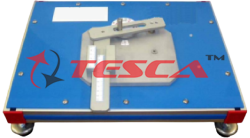
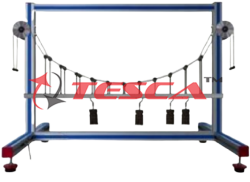
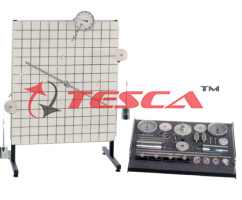
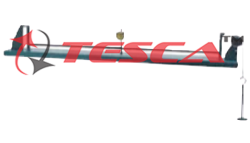
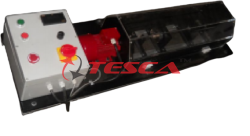
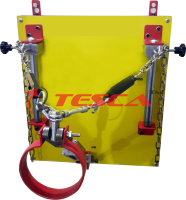
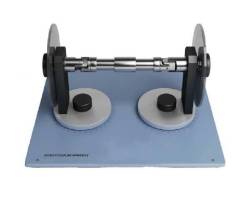
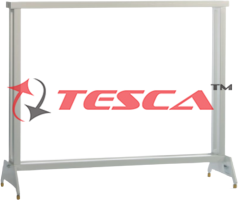
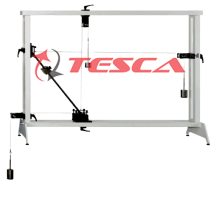

 91-9829132777
91-9829132777